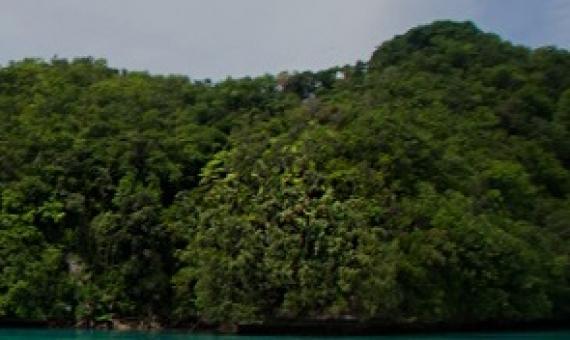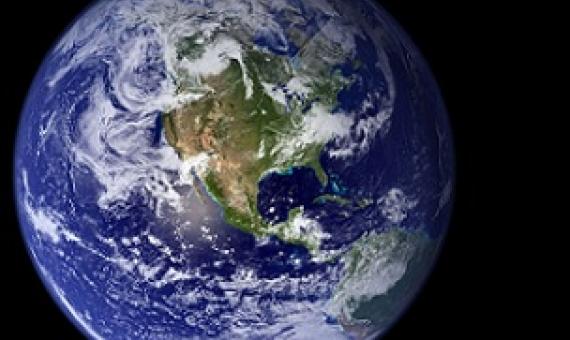Gaps and weaknesses in the global protected area network for safeguarding at-risk species
Protected areas are essential to biodiversity conservation. Creating new parks can protect larger populations and more species, yet strengthening existing parks, particularly those vulnerable to harmful human activities, is a critical but underappreciated step for safeguarding at-risk species. Here, we model the area of habitat that terrestrial mammals, amphibians, and birds have within park networks and their vulnerability to current downgrading, downsizing, or de-gazettement events and future land-use change.











